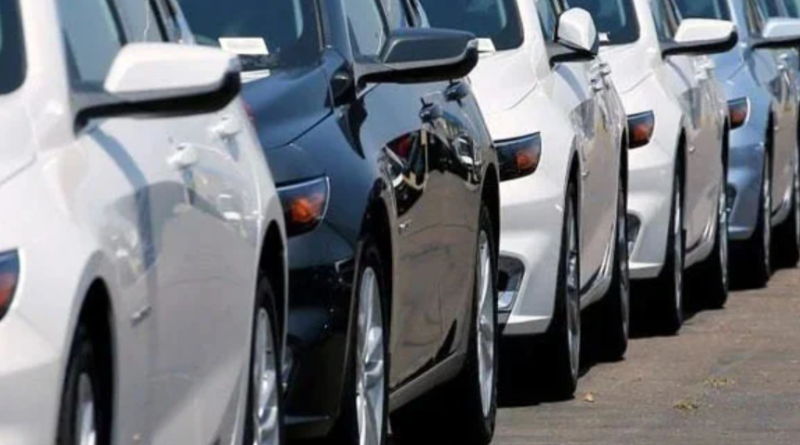Hidden Features in Every Car That Most People Don’t Know About
Millions, or even billions, of people around the world travel by car every day.
Yet, surprisingly, most individuals are unaware of some fascinating features hidden inside their vehicles and their actual purposes.
Quarter Windows
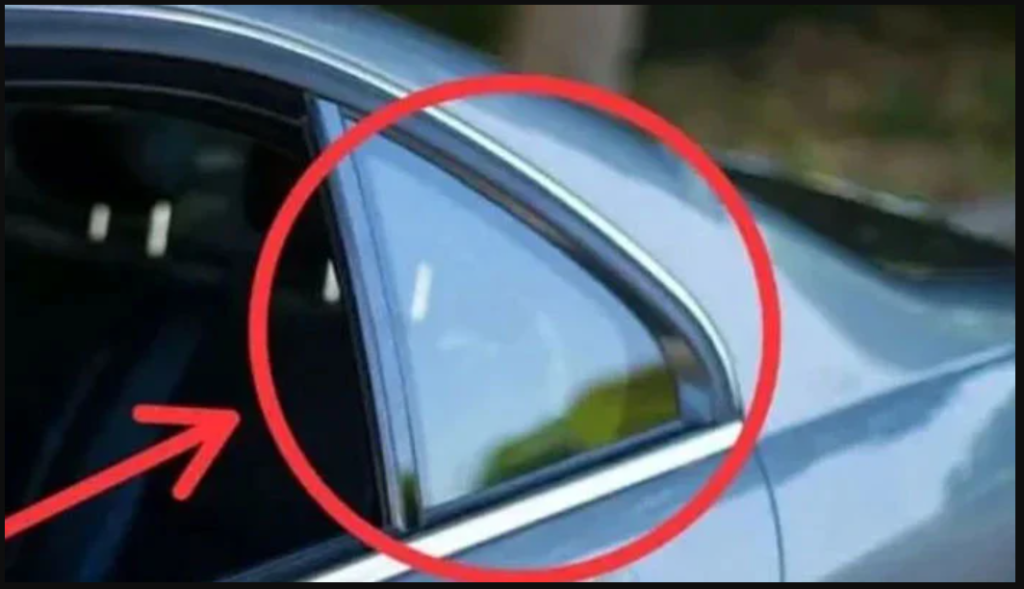
Quarter windows, also known as vent glass, are a feature in most vehicles.
At first glance, they may seem unnecessary since they are fixed and cannot be opened. However, these small windows were widely popular in the 1950s when they were movable.
Back then, air conditioning systems were not common, and the primary purpose of quarter glass was to improve ventilation and keep passengers cool.
With the advent of air conditioning, the design evolved into fixed glass. So, why are they still included in modern cars?
The answer is visibility. Quarter glass enhances a driver’s view of their surroundings.
At the rear, quarter glass helps drivers see areas that would otherwise be blind spots. In the front, it offers a clearer view of the side mirrors, improving overall visibility.
Why Cars Have Carpets
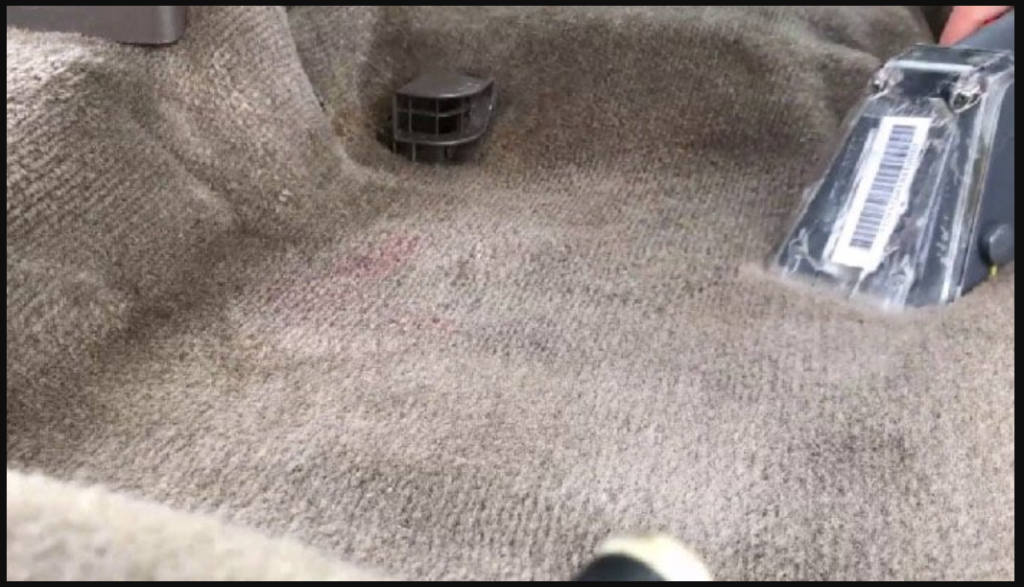
Cleaning car carpets is a tough task as they collect food, water, dirt, dust, and other debris.
So, why do cars have an additional layer on the floor instead of leaving it bare?
The primary purpose of carpets is not aesthetic but functional—they reduce noise levels.
When a car is moving, various sounds originate from its underside. The carpet absorbs these noises, preventing nearly 40% of them from reaching the cabin.
Additionally, carpets help maintain warmth. In cold weather, they act as insulation, keeping the car warm when the heater is on.
Moreover, carpets prevent spilled liquids from reaching the car’s metal floor, reducing the risk of rust and damage.
The Handle Inside Cars
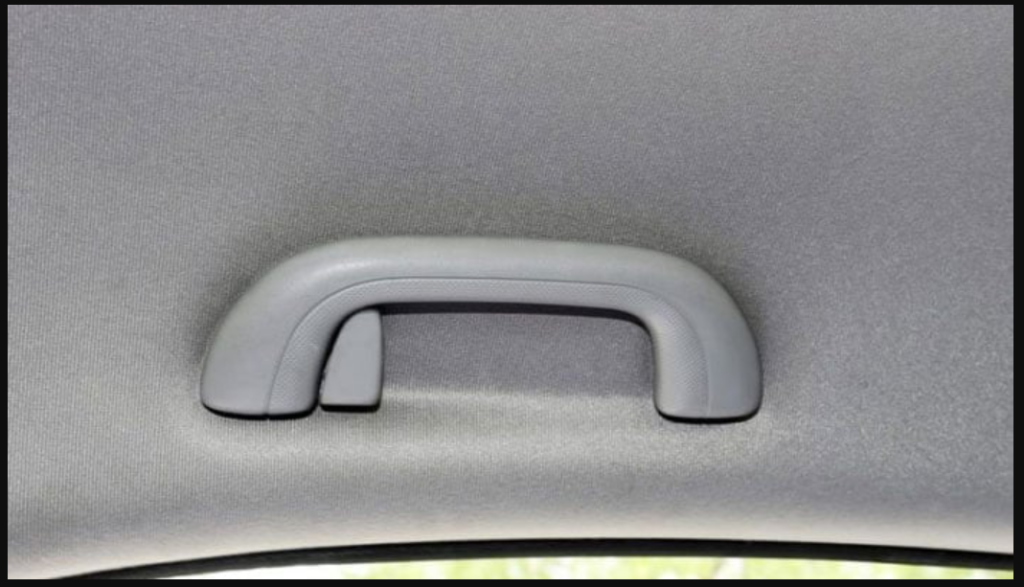
Have you noticed a handle above most passenger seats?
Interestingly, this handle is typically not present above the driver’s seat.
Many people assume the handle is there to stabilize themselves when the car is moving quickly, but that’s not its primary purpose.
The actual reason is accessibility. The handle is designed to assist individuals with physical limitations, such as those using wheelchairs, to get in and out of the vehicle.
It can also help stabilize individuals with weak legs during the ride.
In simple terms, this handle provides support for getting in, out, or maintaining a steady position while in the car.
The Arrow on the Dashboard
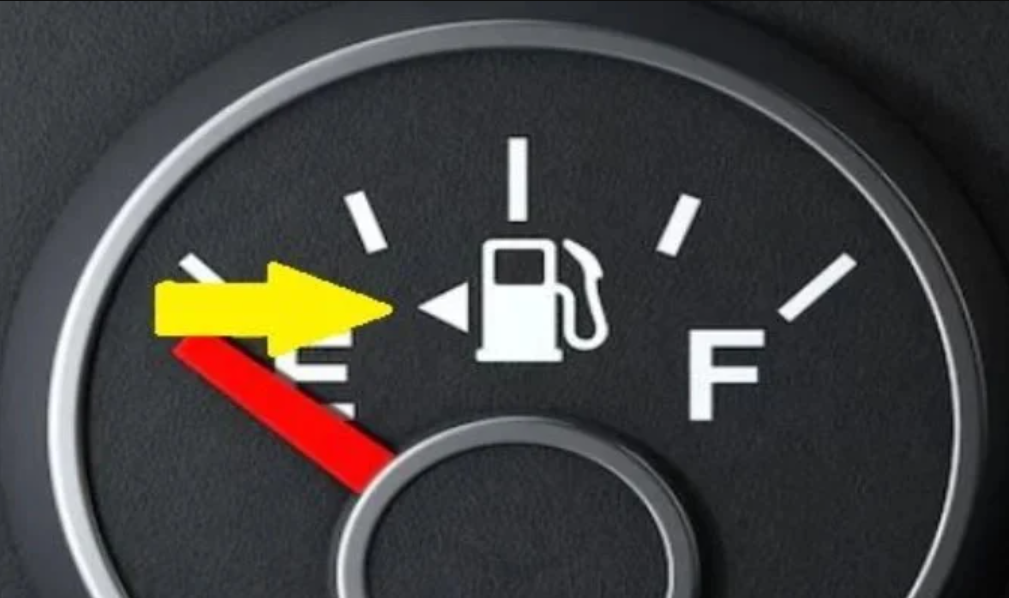
When your car is running low on fuel, a light—often referred to as the fuel light—appears on the dashboard, accompanied by an arrow symbol.
Surprisingly, many people don’t know the purpose of this arrow.
The arrow indicates the side of the car where the fuel tank is located.
While most drivers know this about their own cars, the arrow proves helpful for those who might forget or are driving an unfamiliar vehicle.
It also shows the optimal side to park for refueling, making the process more convenient.
Headrests
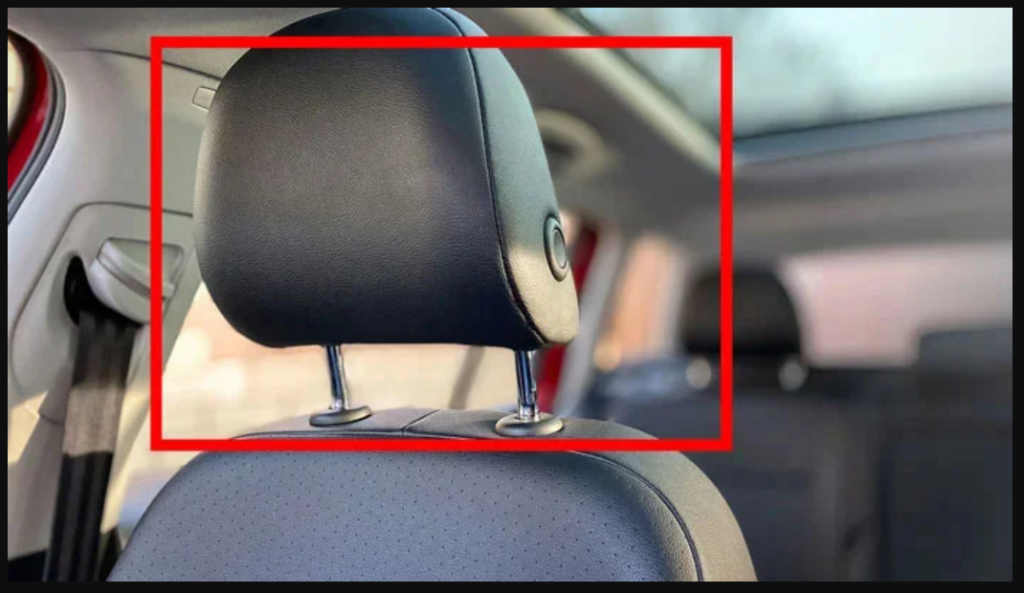
Headrests in cars are a critical safety feature, protecting the head and neck during sudden impacts.
Since the 1960s, headrests have been included in vehicles to limit head movement during accidents, reducing the risk of neck injuries or fractures.
But did you know that headrests are detachable and have metal rods for a specific reason?
In emergencies, the rods can be used to break car windows, allowing passengers to escape.
The Hidden Feature in Rearview Mirrors
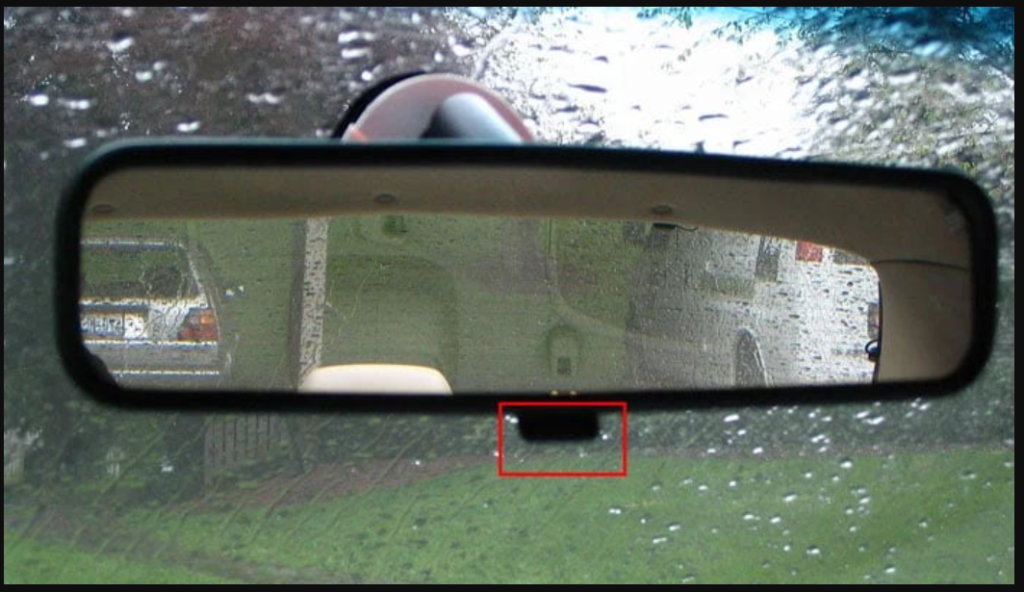
The rearview mirror has a hidden function that many are unaware of—a tab or clip underneath.
This tab enables a night mode for the mirror, which reduces glare from the headlights of vehicles behind you.
By adjusting the tab, the mirror reflects only a fraction of the light, protecting the driver’s eyes while still showing a clear view of the cars behind.
Why Car Windows Have Black Dots
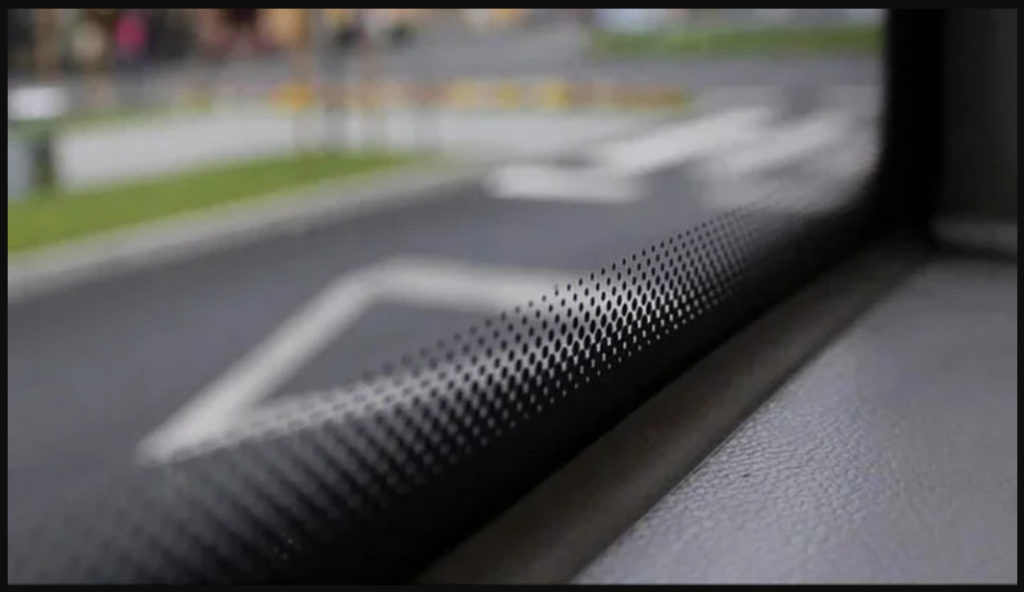
The black dots on car windows aren’t just for decoration; they serve a functional purpose.
In the 1950s and 60s, these dots, called “frits,” were initially designed to hide the adhesive used to secure the glass in place, which wasn’t visually appealing.
Over time, the solid black rim transitioned to dots for a more aesthetically pleasing look.
Beyond appearances, these dots help distribute heat evenly across the glass.
Car windows and windshields heat up under the sun, and the black-painted sections absorb heat faster. The black dots help manage and distribute this heat, preventing cracks or other damage caused by thermal stress.

